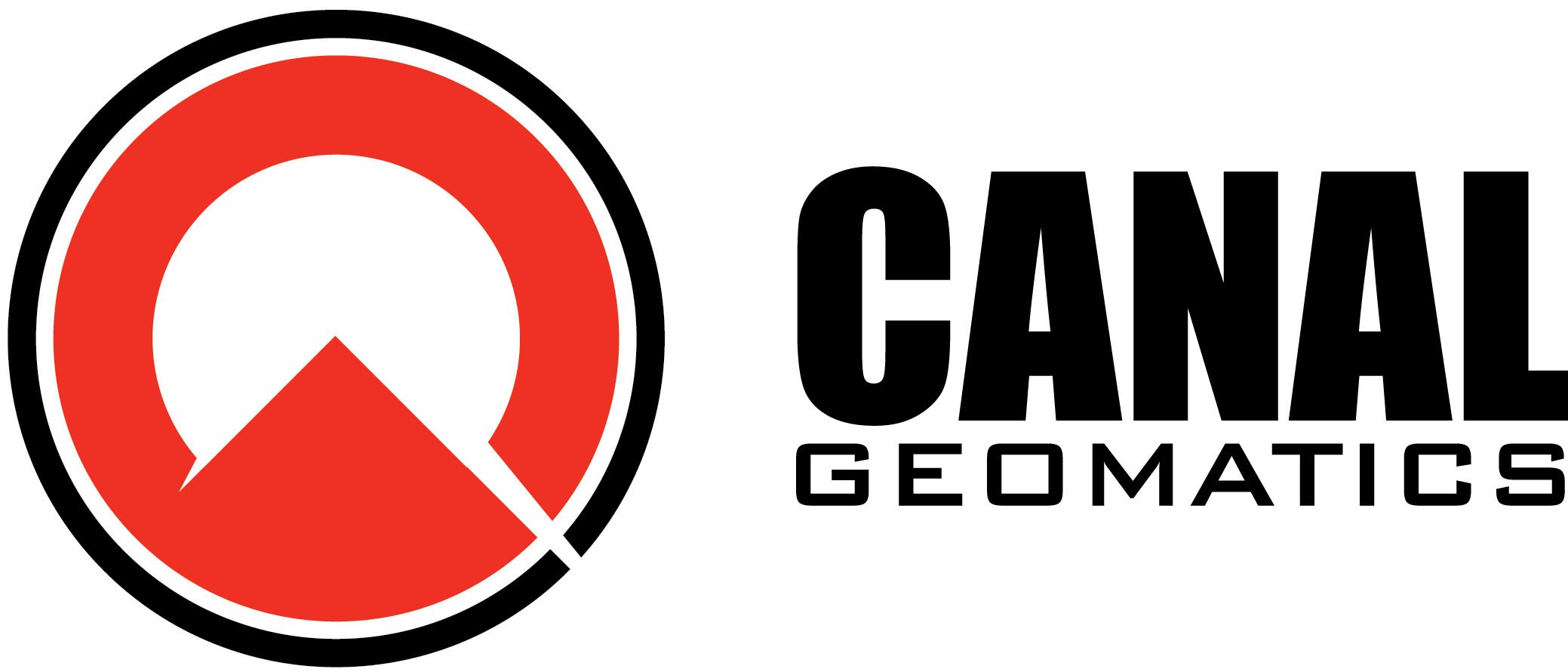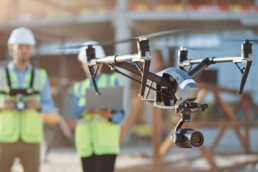Introduction to Fiber Optic Gyroscopes (FOGs) in Robotics
Fiber Optic Gyroscopes (FOGs) are becoming an integral part of robotics due to their ability to provide precise and reliable orientation data in dynamic environments. In robotics, maintaining accurate positioning and orientation is essential for tasks such as navigation, path planning, and stabilization. Unlike traditional gyroscopes, FOGs are highly sensitive to even the smallest movements, offering exceptional precision that is crucial for robotics applications, where even the slightest misalignment can impact performance.
FOGs work by measuring the phase shift in light as it travels through a fiber optic loop, providing an incredibly accurate measurement of angular velocity. This technology is especially valuable for robots that need to operate in challenging conditions or environments that require highly dynamic movements. Whether it’s a drone performing complex aerial maneuvers or a robot navigating through uneven terrain, a high-performance FOG ensures that your system can maintain steady control and precise orientation, which is fundamental for successful operation.
Advantages of FOGs Over Traditional Gyroscopes
When choosing a gyroscope for robotics, FOGs offer significant advantages over traditional mechanical or MEMS (MicroElectroMechanical Systems) gyroscopes. One of the key benefits is their exceptional accuracy. FOGs provide higher resolution and lower drift, making them ideal for applications where precision is critical. Traditional gyroscopes tend to experience drift over time, which can lead to significant errors in position, while FOGs maintain stable, consistent readings even in the long term.
Another advantage of FOGs is their immunity to electromagnetic interference, which is a common problem in robots that operate in electrically noisy environments. MEMS gyros and mechanical gyroscopes can struggle with this interference, leading to inaccurate data and potential system failure. FOGs, on the other hand, are virtually immune to these issues because their measurement process is optical, not electrical. This makes them perfect for robotics applications in environments like industrial facilities, urban areas, or even space where electromagnetic interference is prevalent. With these key advantages, FOGs are able to provide the reliable and stable data your robotic systems need to perform at their best, especially in complex and dynamic conditions.
Key Considerations When Choosing a FOG for Robotics
When selecting a Fiber Optic Gyroscope (FOG) for robotics, it’s essential to evaluate several factors that directly impact performance. The size and weight of the gyroscope play a significant role in determining how well it integrates into your robotic system. Smaller, lighter FOGs can help keep your robot’s design compact and ensure better mobility, especially for drones or robotic arms. Depending on the type of robot and its specific task, choosing a FOG that balances size, weight, and performance is crucial.
Another important consideration is the power consumption of the FOG. Robotics systems often have limited power sources, particularly in mobile robots or drones, where battery life is critical. Selecting a FOG with low power consumption ensures longer operational time and reduces the need for frequent recharging. The power requirements should align with your robot’s energy capabilities without sacrificing the gyro’s performance.
Performance specifications, such as bias instability and noise density, are also vital in determining the suitability of a FOG. Bias instability refers to the gyro’s ability to maintain its calibration over time, while noise density indicates the gyro’s ability to handle rapid changes in angular velocity without introducing errors. These parameters directly affect the precision and reliability of the gyroscope, making them key factors when choosing the right FOG for your robotics application.
Overview of Canal Geomatics’ FOG Offerings
Canal Geomatics offers a diverse range of FOG products specifically designed for high-precision applications in robotics. Their product lineup includes several options that cater to different performance needs, from small, lightweight models for drones to more robust systems for industrial robotics. These FOGs are engineered to provide long-term stability, low drift, and exceptional resistance to environmental interference, making them an ideal choice for robotics operating in challenging conditions.
Canal Geomatics works closely with industry-leading manufacturers like KVH, ensuring that their FOG offerings meet the high standards expected by robotics professionals. Whether you’re developing autonomous vehicles, drones, or precision industrial robots, Canal Geomatics provides FOG solutions that support a range of robotics applications. Our team’s deep understanding of GNSS and motion sensing technologies also means that you receive not only the product but also the expert guidance needed to integrate FOGs seamlessly into your systems. With Canal Geomatics’ support, you can ensure your robotics systems will operate at peak performance, even in the most demanding environments.
Detailed Review of the KVH DSP-3000 FOG
The KVH DSP-3000 Fiber Optic Gyroscope is a highly reliable solution for robotics applications that require precision and robustness. Designed for demanding environments, the DSP-3000 offers exceptional performance with low noise density and low bias instability. These features make it a perfect fit for high-precision navigation and control in robotic systems.
With a compact and lightweight form factor, the DSP-3000 is easy to integrate into robotics platforms, ensuring that size and weight constraints are not an issue. It is also built to withstand challenging environments, including harsh temperatures and vibrations, which are common in robotics applications like autonomous vehicles, drones, and industrial robots. The DSP-3000’s ability to provide accurate, real-time orientation data without drift over time ensures that your robotic systems maintain precise control, even during extended missions or high-velocity movements.
Detailed Review of the KVH DSP-3100 FOG
The KVH DSP-3100 is another excellent choice for robotics systems requiring precise, real-time orientation data. With enhanced performance compared to its predecessors, the DSP-3100 offers superior bias stability and low noise density, ensuring high accuracy and reliability in a wide range of applications. Its ability to deliver exceptional precision in rotational measurements makes it ideal for robotic systems that rely on exact positioning, such as automated inspection robots or navigation systems in autonomous vehicles.
This model also excels in terms of environmental durability. The DSP-3100 is built to operate under harsh conditions, providing continuous, stable performance even when exposed to extreme temperatures, humidity, or vibration. For robotics applications in challenging environments like factories, construction sites, or outdoor settings, the DSP-3100 ensures that your robot can maintain operational effectiveness without losing precision. Whether you’re handling sensitive tasks or navigating complex spaces, this FOG provides the reliability needed for long-duration tasks.
Integration Considerations for Robotics Systems
Integrating a Fiber Optic Gyroscope into a robotic system requires careful consideration of several factors to ensure seamless operation. One of the primary considerations is ensuring that the FOG is compatible with the other sensors in your system, such as accelerometers, magnetometers, or visual sensors. The gyroscope needs to work harmoniously with these systems to provide cohesive data that allows your robot to navigate and operate accurately.
Another key factor is ensuring that the FOG is properly mounted and calibrated within the robotic system. Even slight misalignments can affect the accuracy of the system, so it’s essential to position the FOG in a way that minimizes error and maximizes efficiency. Additionally, you’ll need to ensure that the FOG’s power consumption fits within the energy constraints of your robot, especially if you’re working with mobile or battery-powered systems. Proper integration ensures that the FOG enhances your robotic system’s capabilities without introducing complexity or reliability issues.
Case Studies and Applications in Robotics
In real-world robotics applications, FOGs have proven to be an essential component for maintaining precision and reliability. For example, in autonomous vehicles, a FOG is crucial for providing real-time orientation data that allows the vehicle to navigate without GPS signals. The KVH DSP-3000 has been used in such systems to ensure that the vehicle maintains accurate positioning, even in challenging environments like underground tunnels or dense urban areas where GPS signals may be blocked.
Similarly, in industrial robotics, where robots perform complex tasks such as assembly, inspection, or welding, precise orientation and positioning are critical. The KVH DSP-3100 has been employed in robotic arms to enable highly accurate motion control, ensuring that each task is performed with precision. The real-time orientation data provided by these FOGs allows robots to operate efficiently, reducing downtime and increasing productivity in manufacturing environments.

